The Pre-Raphaelite painter who swapped 'willowy, nubile women' for stained glass — and created some of the best examples in Britain
The painter Edward Burne-Jones turned from paint to glass for much of his career. James Hughes, director of the Victorian Society, chooses a glass masterpiece by Burne-Jones as his favourite 'painting'.


James Hughes on his choice of the East Window of St James’s Church, Staveley, Cumbria by Edward Burne-Jones
‘Walking the Dales Way one sodden November, I rested my weary legs in the porch of St James’s Church, Staveley. Having caught my breath, I stepped inside, naturally intrigued by what I would find beyond the beautiful timber doors. Immediately, my eyes were drawn to the chancel and to the three tall lancets in the east wall. I had stumbled upon a stained-glass window of mesmerising beauty.
'The Crucifixion and Ascension are depicted centrally, with, to either side, a total of six angels playing musical instruments. All is set against a deep blue, star-spangled sky. The figures are especially graceful and the overall effect is arresting, rich and enormously beautiful. After a week of hills and valleys, wind, rain and darkness, to be confronted with such a luminous work of human craftsmanship was sublime.’
James Hughes is the director of the Victorian Society
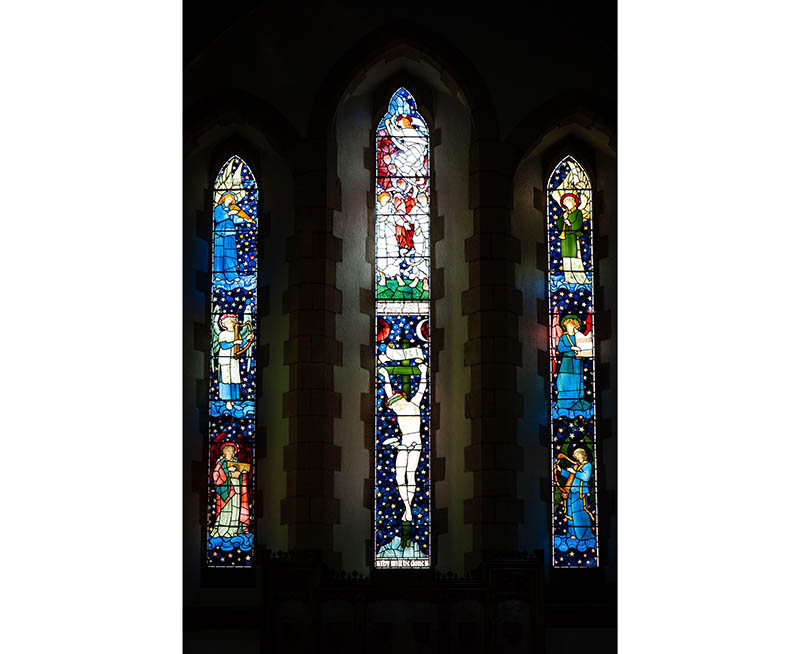
Charlotte Mullins on the East Window at St James's
When we think of Edward Burne-Jones, we tend to picture Pre-Raphaelite paintings of willowy, nubile women reclining in medieval bowers or descending golden stairs. However, for a large portion of his career, it was his designs for stained-glass windows that were his financial mainstay. They can now be found across the British Isles, in churches from Port Talbot to Cambridge, Birmingham to Scarborough. (There are more than 30 examples listed in Simon Jenkins’s England’s Thousand Best Churches.)
Burne-Jones was largely self-taught, choosing to become an artist after meeting William Morris at Oxford and coming under the influence of the Victorian critic John Ruskin. He received ad hoc lessons from Dante Gabriel Rossetti and shared rooms with Morris, helping the latter establish his first company in 1861. Against a backdrop of industrialisation, Morris strove to return the craftsman to centre stage. Burne-Jones became the company’s chief stained-glass designer and, together, they created this East Window at St James’s Church in 1881.
Burne-Jones studied theology at Oxford, but, in later years, became agnostic. Despite this, he created elegant Biblical scenes for many vertiginous Gothic Revival windows. The one at St James’s Church, in the village of Staveley in Cumbria, rises behind the altar. On either side, angels in blue gowns serenade Christ on mandolins and harps. Most of the figures are framed by a dark star-studded sky and all the rich blue glass makes the central figure of the crucified Christ — soon to be carried Heavenward by red-winged angels — seem more radiant.

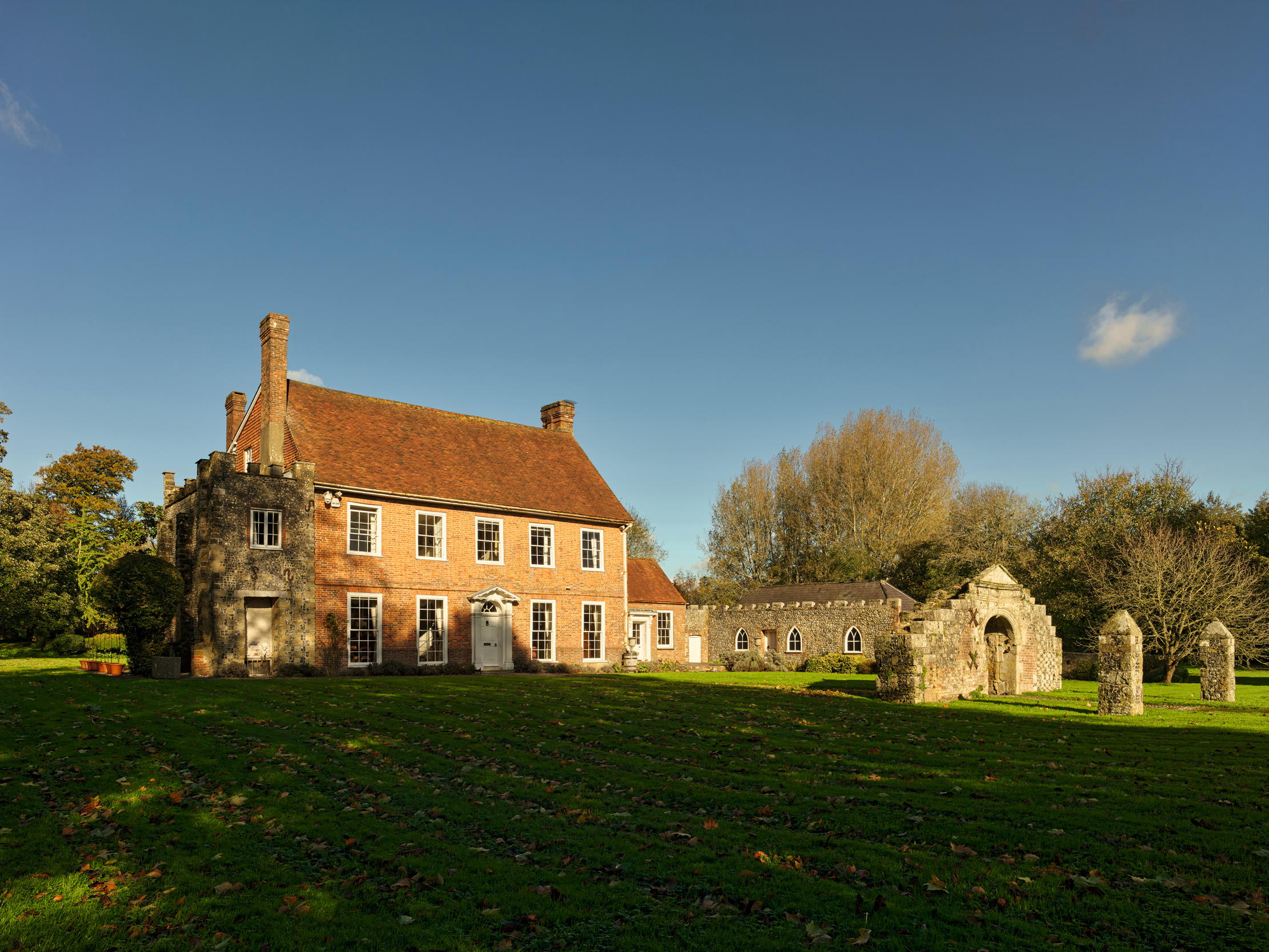
Gatewick: The 'Georgian' house that was built from scratch in the 1950s
A combination of discerning architectural improvement and collecting in 1950s Sussex created Gatewick — the former home of Charles, James
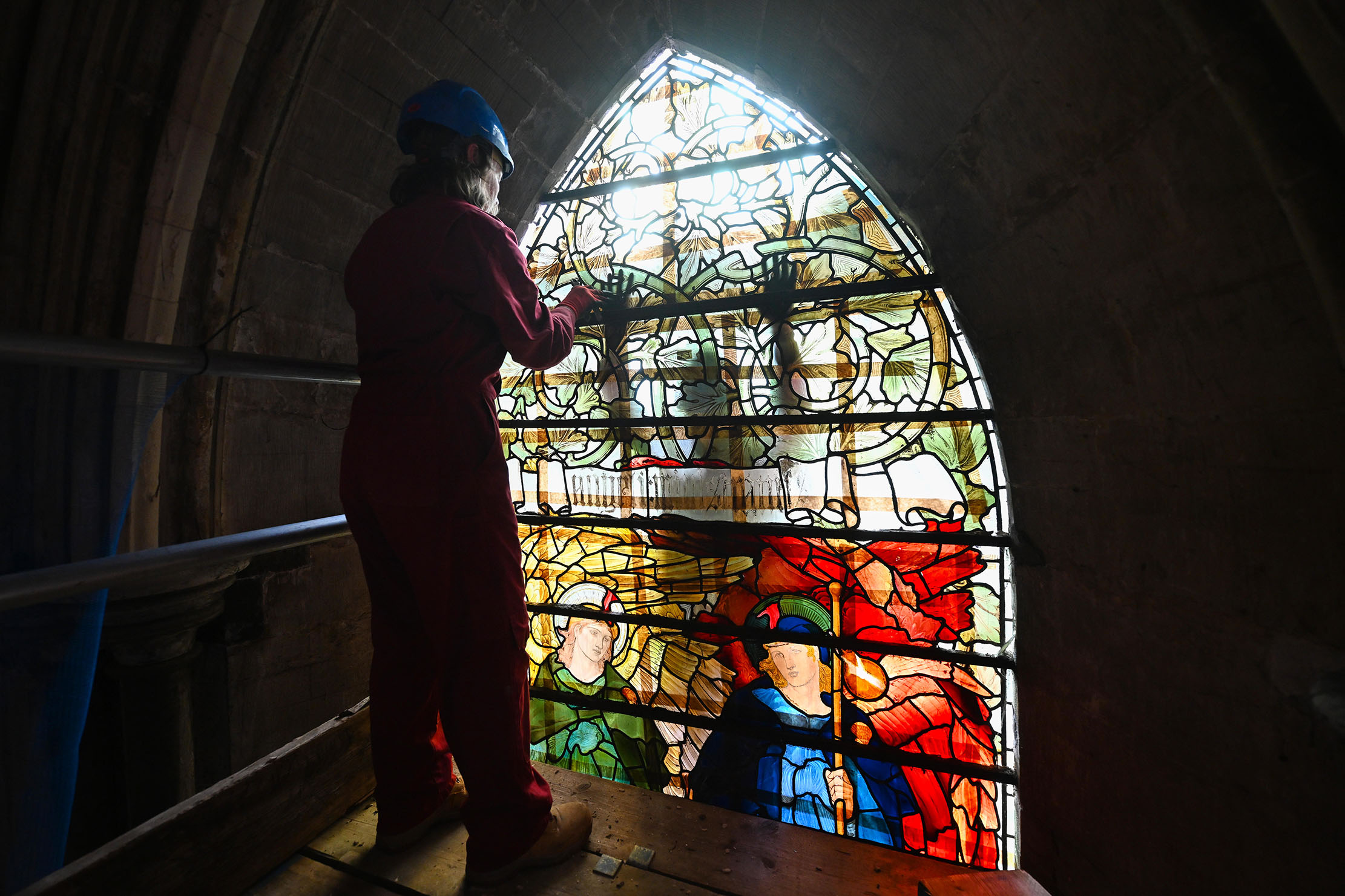
The heart-stopping work of removing a 150-year-old stained glass masterpiece from one of Britain's greatest cathedrals
One of Salisbury Cathedral's most famous stained glass windows is being restored — and that means it must be removed in
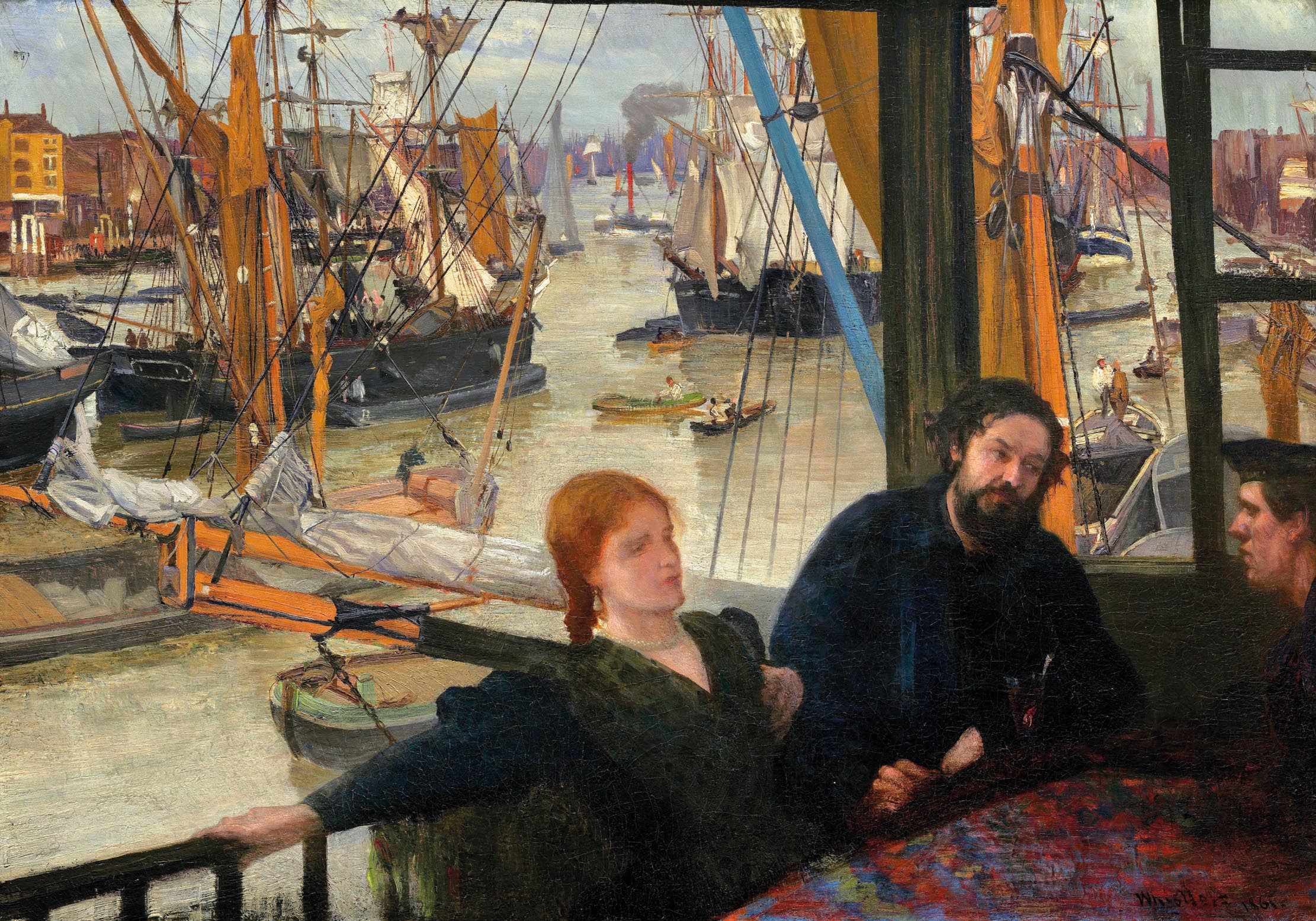
In Focus: James McNeill Whistler, the American in London who 'flung a pot of paint in the public's face' and turned art upside down
Short and slight, monocle-wearing James McNeill Whistler was a dashing, combative character who sought parallels between music and painting, says
Exquisite houses, the beauty of Nature, and how to get the most from your life, straight to your inbox.

Theatre Royal Drury Lane, Covent Garden: How a renovation has breathed new life into this shrine to Shakespeare
The completion of a major restoration campaign has returned one of the most complete Regency interiors in London to its

In Focus: The extraordinary William Morris, the man for whom the word polymath was coined
Famous for urging us to have nothing in our homes that is not useful or beautiful, William Morris’s masterful command
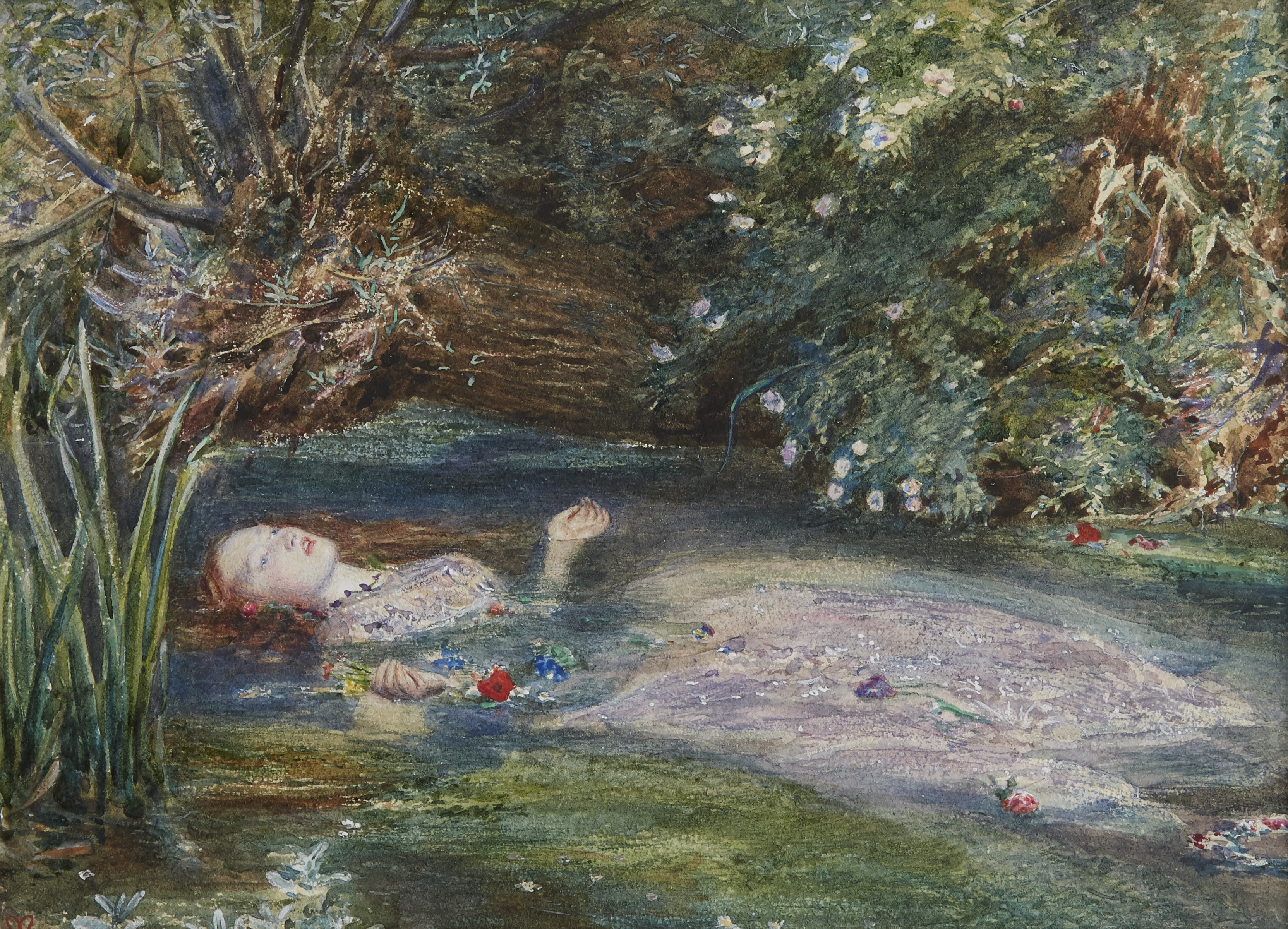
In Focus: The Pre-Raphaelite sisters who fought for recognition in the shadow of the Brotherhood
Caroline Bugler admires the National Portrait Gallery's new exhibition, 'The Pre-Raphaelite Sisters', which reveals the creative role of women in

Charlotte Mullins is an art critic, writer and broadcaster. Her latest book, The Art Isles: A 15,000 year story of art in the British Isles, will be published by Yale University Press in October 2025.